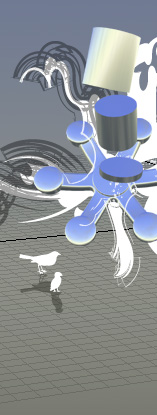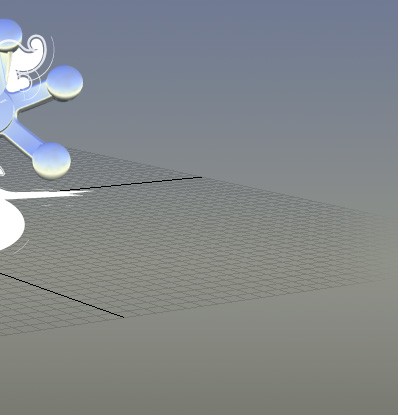 |
|
 |
|||||||||||||||||||||||||
|
thoughts on mass customization: Question: What would happen if the worlds of graphic, interaction and industrial design were merged into a new form of "design customation"? The process of the designer is changing dramatically with new manufacturing processes and technologies where designers no longer design individual products, but systems in which consumers are active participants in the design of what they consume. Let's call it, "design customization" for now. I worked for a software company that spent years and millions developing a product that allowed large companies to customize and manage their distribution channels. Since the application defined a new way of developing software as well as communicating within the companies of the clientele, the design of the system was extremely complex to design. Finding a methodology in developing a "customizable" system through new technologies was unfamiliar waters for both the company designing it and the clientele using it. What was lacking, was a system designer who's ideology and methodologies could make sense of the complexity of designing a customizable framework so that it becomes less about "cool engineering code" and more about a helpful and useful tool resulting in a customizable product that the user "designs" without having to be formally trained in design. There's also a shift in the way designers are integrating into businesses and how they approach system design to allow people to modify what they're buying. Companies have been exploring this theme for a while, such as IDEO, Ziba, and, especially, Elephant Design in Japan. However, from a graphic design point of view, it is a completely new way of thinking about design when designing a system that allows consumers to experience and change what they're buying rather than designing a finished product for them. Here are some examples of mass customization systems that are currently being tested in the market: 1 - Smart Car,
which allows customers to change the panels of their car 2 - Freitag, which allows customers to choose a section of a banner which then becomes the design of their bag. 3 - Pixel Tees,
which allow users to design a t-shirt using a paint tool 4 - Teeji, which is my own business model that i designed in 2001, which allows users to customize their snowboards without having to be trained in design and snowboard manufacturing. The system is fully integrated into the manufacturing process which provides a model that can be applied to just about any industry with a printing process. The model becomes less about customizable snowboards and more about a scalable system design for mass customization that is directly tied into the manufacturing process. With these examples, you can see that designers are starting to explore the idea of mass customization resulting from new rapid prototyping technologies and evolving industrial design processes.
|
|
| © 2004. Jennifer Darmour, Media Design MFA Candidate | |